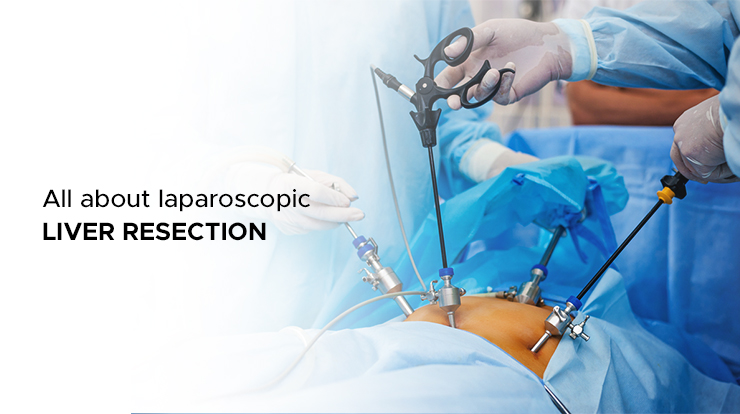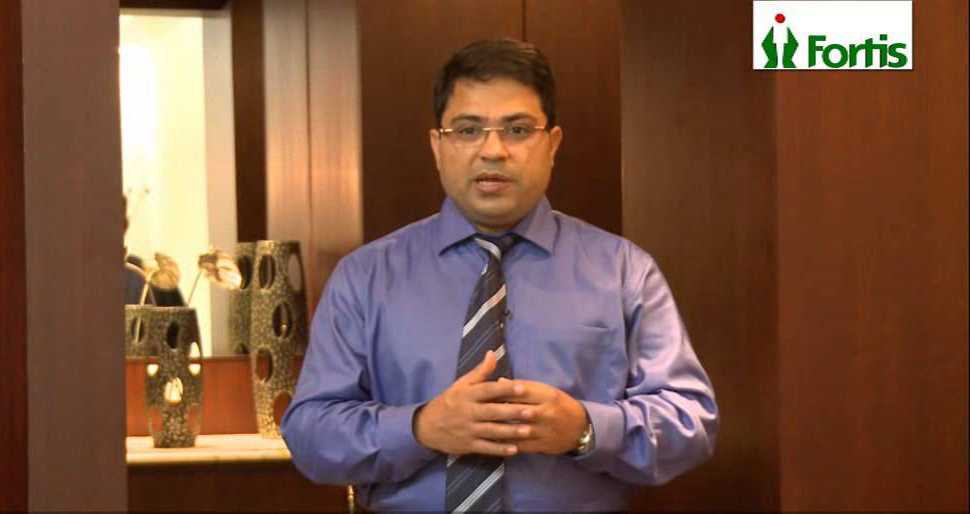
The liver is one of the largest organs of our body and takes a significant load. It is seated in the upper right part of the abdominal cavity, above the stomach, right kidney, and intestine.
But the main problem arises when these segments and sacs get destroyed. The functioning and working of the liver are hampered, leaving a major impact on the person’s health. This is usually seen in chronic liver ailments like liver cirrhosis, hepatocellular carcinoma, and other end-stage liver ailments.
Formerly, in these end-stage liver ailments, the patients are left with only one cure: liver transplantation. But with the advancements in technology and research, professionals have invented many new ways and procedures. One of them is laparoscopic liver resection. You may have many questions about what is a liver resection, how it is better than liver transplantation, and what happens in this procedure. Here in this article, we will find the answers to all these questions and help you choose a better-suited option for your condition.
Laparoscopic liver resection is a minimally invasive procedure known to accomplish the same goal as the old traditional open procedures. Liver resection means the removal of the benign or malignant cancerous mass or the defective portion of the liver from a healthy one in these end-stage lover ailment patients.
From the very beginning, its introduction has been challenging because the skepticism about the use of laparoscopy has remained the same for treating malignant neoplasms. The first case of hepatobiliary disease, cured by laparoscopy, was done in 1987. Since then, with the help of experienced professionals, laparoscopic liver resection has become a favorable alternative to many open resection procedures to treat these chronic liver ailments.
End-stage liver diseases, from benign to malignant, all kinds of tumors can be cured with the help of laparoscopic liver resection. Hepatocellular carcinomas with liver cirrhosis, colorectal liver carcinoma with liver metastasis, large tumors, and liver cancers are common liver ailments that can be cured by using laparoscopic liver resection.
Other than this, intrahepatic cholangiocarcinoma, benign liver lesions, adenomas less than 4 cm, symptomatic hemangioma, and liver donor hepatectomy for a liver transplant can also be treated with this laparoscopic liver resection.
After the patient is put on general anesthesia, incision lines are determined. Three to seven small incisions lines are made to put in the trocars and reach the operating site. This all is determined by the amount of the liver to be resected and the location and extent of the lesion. Through these incision lines, laparoscopic towers are inserted.
They contain a light source, a camera, and insufflators. Monopolar and bipolar electrocautery devices, a microwave tissue coagulator, and ultrasonically active devices are used in laparoscopic liver resection. The surgery usually takes anywhere from one to seven hours, depending on the procedure’s invasiveness.
Many questions run in our minds before we come to an outcome, whether laparoscopic liver resection is the best approach, what will happen in liver resection recovery time when done with laparoscopy, etc. The answers are simple! Any patient with a malignant or benign tumour can undergo this minimally invasive procedure.
Although many factors are considered before making a final decision, such as the site of the lesion, extent and size of the lesion, prior operations patients have undergone, and many more.
The second and most common question is the recovery time. Compared to an open procedure, the recovery time and hospital stay are much less and more feasible. Patients experience less postoperative pain and can move around quicker and more often after a laparoscopic liver recession.
More and more professionals are now opting for a less invasive approach. Hepatobiliary surgeons are more inclined towards the laparoscopic liver resection procedure.
They have even considered a more feasible procedure for patients with hepatocellular carcinoma with a 5-10 cm tumor size. With continued development in this technology, the superiority of the laparoscopic liver approach over open liver resection is becoming increasingly apparent.
A less invasive procedure, lesser hospital stays, shorter recovery period, reduced postoperative complications, etc., all have made laparoscopic liver resection a more favorable choice both for the patients and the surgeons. So do not hesitate and get your liver treated with less invasiveness and minimal trauma.


